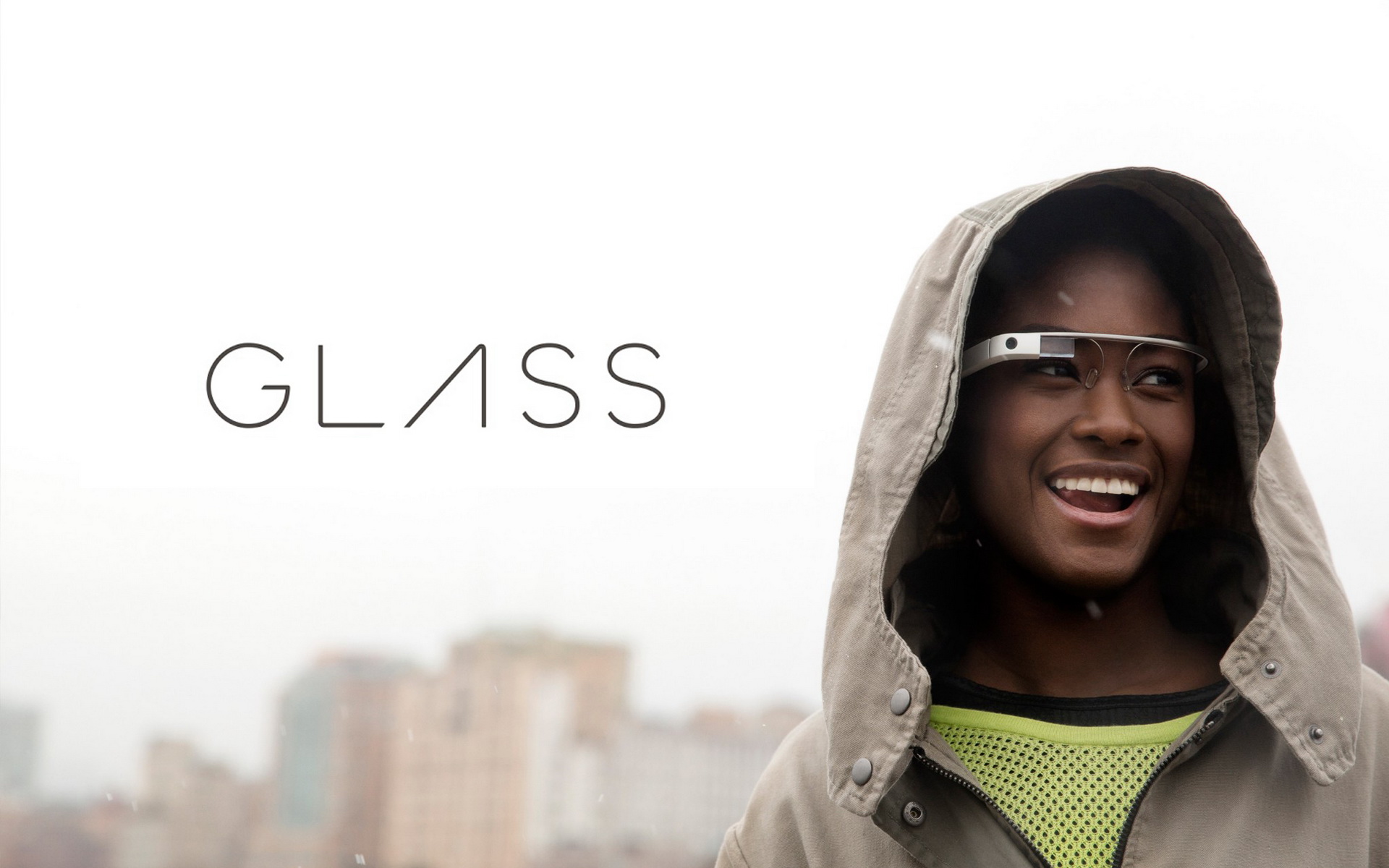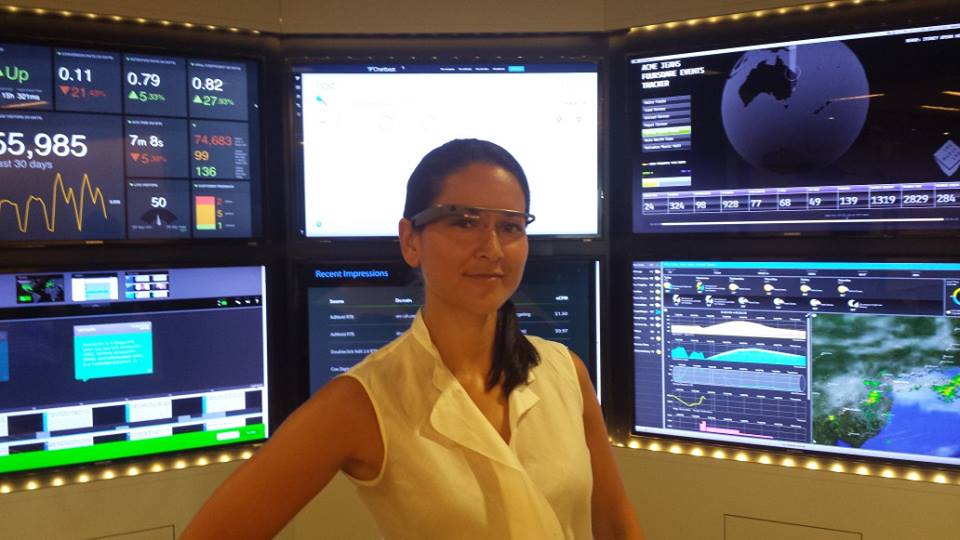Wearable tech continues to heat up as a consumer space, in many different forms. One of the main sticking points, though, is that many wearable options simply don’t look good – it you’re going to put something on your wrist, surely you want it to look nice, and many options at present try to jam too much into a small screen that becomes hard to navigate through, or ultimately looks off. MEMI is looking to solve some of those problems through its new smart bracelet aimed specifically at women who carry their phones in handbags: it’s a simple silver piece of metal that vibrates when the users’ phone receives a text message or a phone call. The kicker? It doesn’t even look like a wearable device, which is seen as a stylistic win. It weighs as much as a similarly styled bracelets, and runs at $150 in its current iteration. Though it only aims to alert users to incoming notifications, one could make the argument that its technological simplicity is its advantage, while still maintaining its purpose as a fashion accessory instead of trying to cram an entire smartphone onto a wrist.
Tag: kickstarter
Kickstarter Passes $1 Billion
Kickstarter is the undisputed leader of the crowd-funding game. Competitors like Indiegogo have kept the company on its toes, but at the end of the day it’s Kickstarter that enabled readily accessible campaigns for companies looking to gain support from the masses for projects that would, at least in theory, be more successful if those supporting them were more engaged. Now, the award-winning startup has surpassed $1 Billion in funds pledged, with more than half of that money being donated in the past year. Certainly, much of that money has come from multi-million dollar campaigns, but $619 million has come from donors, meaning that crowd-funding is a genuinely sustainable practice: in total, 5.7 million people from all seven continents have pledged money on the site. It speaks to the power of a good idea, as well as the power of the Internet – and more specifically, data – to achieve positive goals. Crowd-funding is officially mainstream.
Mohu Releases New Channels Device
Mohu, most commonly known for its Leaf antennas that rival companies like Aereo, announced a new device called Channels that inserts a new rival into the cord-cutter sphere. The Channels product, which will go to a Kickstarter next week, will cost $79, and is a small attachment that fits between the Leaf antenna and the TV itself to compliment over-the-air HDTV with Internet streaming. The interface is designed to be consumer facing, so even beginners who don’t know much about streaming can readily access the device. While watching, the user scrolls between channels like they would on a regular channel guide – even Netflix, Hulu, and other streamed options. So it’s reasonable to think that one could hit the channel up button on the remote and switch from CBS to Netflix, something that levels the playing field between “regular” TV and streaming services in such a way as to make the average consumer comfortable and intuitively ready to watch.
Peachy Printer Promises sub-$100 3D Printer
One of the major pitfalls of 3D Printers is their cost; their status as unattainable technology is essentially predicated on that assumption by itself. The cost has, in general, started to come down, but the Peachy Printer is the lowest we’ve seen yet. At less than $100, it sets a high bar – so to speak – that companies like Makerbot have yet to meet. Unlike more expensive printers, the Peachy Printer uses a laser, guided by mirrors, to set objects from a liquid resin. It’s fascinating to watch this important technology develop and take shape, and this is but another example of its rapid expansion.

On the Brains and Brawn of Google Glass

As Computerworld cited this week, Google Glass will not be available to consumers until 2014. This was something we forecast in the Lab’s 2013 Outlook as one of the life-changing technologies which would remain on the horizon for the time being.
The article cites consumer comfort levels with Glass as a reason for the ‘delayed’ launch, but as we said at the start of the year, perhaps bigger hurdles (by no means not the only ones) might be cost and battery power.
Back in December, Glass engineer Babak Parviz said “[Battery power is] a valid concern. We have done a lot of work in this area, and it is still a work in progress. Our hope is that the battery life would be sufficient for the whole day. That’s our target. So you would put the device on in the morning and you’d go about your daily routine. By the time you got back home, the device would still be functioning.”
Having tested Glass at the Lab, we’d be lucky if the battery lasted 2 hours, so there is a long way to go in that respect.
At the Lab, we imagine a future where consumers will be wearing their tech… The smartphone has changed many-a-consumer’s lives practically overnight. But because of its cumbersome form factor (it’s all relative…), we believe it represents a bridging technology to a world where tech will retreat into the background – as Pranav Mistry elegantly puts it in his 2009 Ted Talk, to “help us to stay human and stay more connected to our physical world.”
The smartphone will, however, continue to have a major role in this future – not as the interface that consumers interact with, but as the ‘brains and brawn’ behind our peripheral interfaces. A great example of this is Kickstarter darling, the Pebble Watch, which uses Bluetooth to harness the functionality and processing power of a smartphone to display its notifications.
Looking into our crystal ball, we imagine that within two iterations, Glass will also be powered by the smartphone. This makes sense since the phone is both a powerful, and a subsidized product. This will start to help solve two of Glass’s biggest issues: battery life and expensive guts.
Stantt Uses Big Data To Size Clothing
The conventional wisdom surrounding clothing is that it fits into three simple categories: small, medium, and large. Stantt, a company that’s looking to meet its funding requirements via Kickstarter, hopes to change that in one of the more interesting applications of big data to a classic problem. Stantt started by 3D body scanning over 1000 men, ranging in age from 25 to 35, and each scan included approximately 200 body measurements. They then developed an algorithm – which extrapolates from chest width, waist width, and arm length, all common, at-home measurements – that determines which of over 50 sizes fits the individual. Though Stantt faces competition from the increasingly common ‘made-to-measure’ online sphere, Stantt is among the first fashion-oriented brand looking to leverage data to improve something we’ve considered standard for years.
NFC Ring Might Expand NFC’s Horizons
NFC is a buzzy topic in the ad sphere lately, but its real-world spread has been limited. A British team is aiming to put NFC in (or on) the hands of more people by developing a chipped ring with dual NFC zones to allow geeks, I mean, early adopters, to activate simple NFC-based commands like unlocking their phones or front doors, or share contact information. The ring’s creators envision the ring as having a “public” zone, meant to be worn facing out, and containing contact information or something similar, as well as a “private” zone, worn facing in, containing unlock commands, passwords, or other sensitive data. The invention’s Kickstarter campaign has just met its £30,000 goal with 26 days remaining, so perhaps this early popularity could contribute to NFC’s more widespread adoption in everyday life, as well as in the ad space.
Engadget Review of Ouya
The Ouya gaming platform is an Android-based console meant to compete with the likes of Playstation and XBox. While it clearly doesn’t have the kind of firepower the latter two systems do, it is interesting for a number of reasons.
Because it is an Android-based platform, there is a built-in army of developers all over the world who can easily create games for it, or port mobile device apps into this new format with relative ease.
Also, since there is built-in media player functionality, it will be interesting to see if this sort of device becomes a competitor to the likes of Boxee and Roku as well. Not to mention the obvious potential parallels with Google TV.
Man Sells Personal Data on Kickstarter
Federico Zannier is looking to turn the tables on corporations looking to use consumer’s data for their own profit. Instead, he’s taking back control of his own data, and selling it. He data mined himself and recorded all of his online activity since February, recording HTML pages visited, mouse pointer position, screenshots of what he was looking at, webcam images of him looking at the screen, his GPS location, and is now prepared to sell that data. Zannier’s core principle is that digital users meed to take back their rights and leverage the value of their personal data: if it’s being used to generate corporate profits elsewhere, why not make money on it yourself? Backers can pledge $2 for a day’s worth of data, $5 for a week, $50 for a month, or $200 for the entire data archive which includes around 7GB of information.
The Next Kickstarter Hit: StormFly
Spanish startup Now Computing has hit its $100,000 goal for a wearable USB 3.0 wristband that can be used to boot an entire operating system, out of the box, on PCs and Macs. Called StormFly, the device doubles as a USB storage device that ships with a Linux-based OS embedded within a wristband. Just plug the USB into any computer and reboot the machine, taking your custom operating system and important data wherever you go, on your wrist. The primary targets of the product are parents, education institutions, and most specifically business travelers, who often need a presentation, a few important documents, and the processing capability that any laptop would offer, while checking email and maintaining business on smartphones on the go. The biggest selling point is it’s price: $59 before shipping, and the device will be ready to ship within a few weeks.
